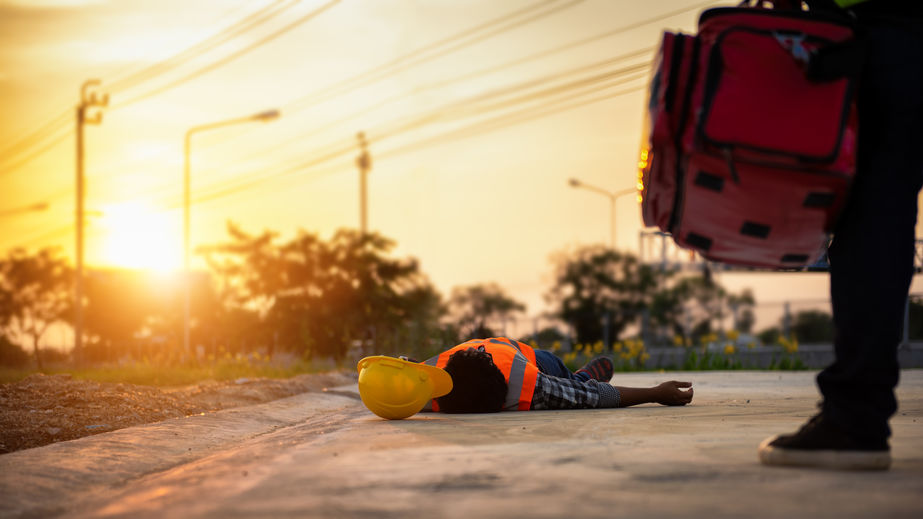As we move into the hotter months, heat illnesses become a greater threat. In order to help those with Berg to handle the heat appropriately, our employees should follow the following principles:
The best way to avoid heat illness is to prevent it from becoming a serious problem in the first place. In order to prevent heat illness, make sure you stay hydrated. Drink plenty of water and avoid sugary drinks. Rest when you need it, especially if you are working in direct sunlight. Check up on your partner and those that you work with. If they aren’t staying hydrated, remind and encourage them to do so. If they start showing signs of heat illness, talk with them and your foreman to make sure that they get the care they need.
Being able to recognize the signs of heat illness will help you to react before the issue becomes more serious. Be on the lookout for symptoms of heat exhaustion like fatigue, irritability, nausea, dizziness, heavy sweating, high body temp. More serious are symptoms of heat stroke. Look for feelings of confusion, slurred speech, hot but dry skin, high body temperature, and a quick heart rate. Heat stroke is the brain overheating, so working in direct sunlight is usually the culprit. Heat stroke must be addressed ASAP. As the brain overheats, the other organs within the body begin to fail. If failure persists, the body begins to shutdown to focus on keeping the brain alive.
Finally, responding correctly when heat illness is recognized will be the final step to ensuring that everyone stays safe and healthy each day. As soon as you recognize the symptoms of heat illness, notify your foremen as well as your safety professional. The individual suffering from symptoms of heat illness should be cooled. Move to shade, and if possible, to an air-conditioned area. Give water and icepacks if they’re available. Heat stroke will require the body to be cooled as soon as possible. Remove clothing and apply ice packs near essential organs, like on the chest and near the kidneys. The employee should not return to work until their symptoms regress. Lastly, if one person has symptoms of heat illness, it is important to check in with the rest of the crew to ensure that they are not experiencing similar symptoms since they are likely working in similar conditions.
The heat is coming, and we need to ensure we’re prepared! If you have concerns or suggestions on how we can best address heat illness on our jobsites, please speak with your safety professional and/or foreman.

